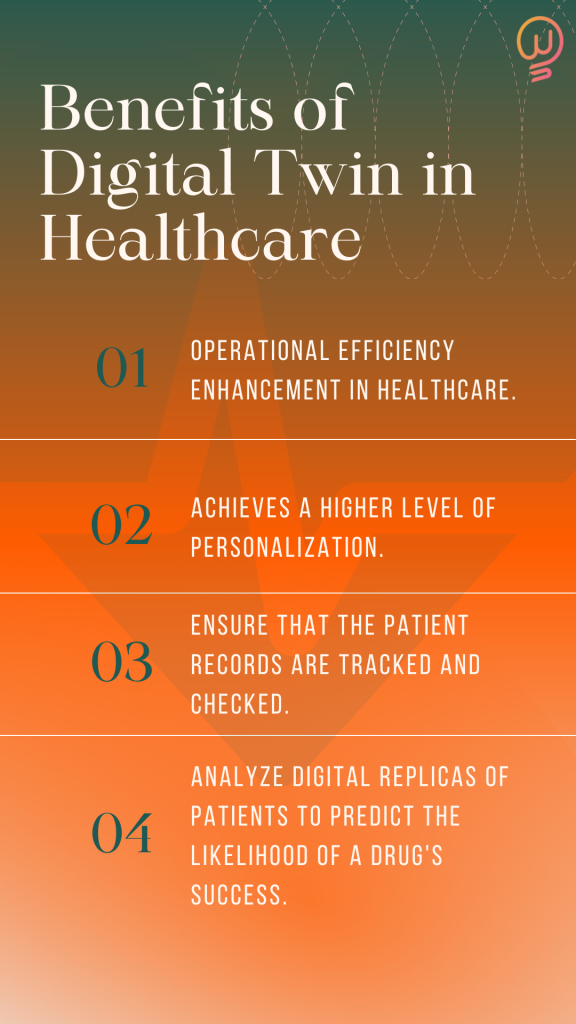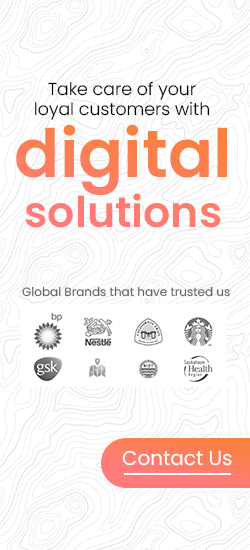How effective is digital twin technology in healthcare?

Would it be possible to anticipate medical emergencies and accelerate treatments to save lives in advance? Think about predicting a patient’s response to experimental therapies without endangering their lives. The opportunities that this technology offers for healthcare innovation are boundless.
Of course, it offers several operational opportunities as well. Hospitals with limited resources can better utilize their staffing, workflows, and capacity for chronic conditions by providing individualized treatment options. Since Digital twins technology offers virtually identical copies of physical objects, such as machines and buildings, it works well for data-driven systems and structures.
Finding a twin similar to you in terms of age, health issues, and other factors is crucial to get started. To ensure that the data is reliable, you also confirm that the genetic profiles of the twins are similar. Both parties must approve the dual use of the information, which is the ultimate step. Enterprises use digital twins to replicate the equipment, personnel, procedures, and systems used in their daily operations. It is possible to create virtual twins based on information about individuals, population attributes, and the environment.
The Function of the digital twin technology in healthcare
Researchers use digital twins to test new scenarios in real-world settings with increased safety and cost-effectiveness. IoT, AI, and ML are among the innovative technologies making digital twins popular in healthcare due to their widespread availability and low cost.
Digital twin technology in healthcare is proactively striving to improve patient outcomes, lower operating costs, and effectively address unforeseen medical crises. It aids in the personalization of medicines based on real-time data, as well as the operational efficiency and performance of healthcare organizations by identifying workflow bottlenecks and optimizing scheduling.
How to create a digital twin tech in the medical field?
Today, healthcare experts are talking a lot about digital twin technology services. Hospitals can save money on personal expenditures and research projects by substituting twins for actual patients. They assist many hospitals cut costs while simultaneously enhancing patient care and research. Using a digital twin that correctly simulates the patient brain structure would allow you to test out various medications on a patient brain without actually giving them.
For instance, using medical digital twin technology to oversee the seamless coordination of many activities has been demonstrated by review research.
By using current data on hospital operations and the surrounding area (such as COVID-19 cases) to build digital twins, hospital management can identify bed shortages, improve staff schedules, and assist with room operations. Such data lowers costs while improving resource use, hospital performance, and employee productivity.
Benefits of Digital Twin in Healthcare
Healthcare is becoming increasingly reliant on digital twins. It can save patients and doctors time and money by providing different perspectives on the same patient. Unlike a physical entity, like a machine or a building, a digital twin is a virtual representation. Making better decisions about how to use and repair your equipment can be aided by understanding how it performs.

Improving healthcare organizations in digital twin development
Another thing to check is that your data is up to date. Updating your data will help ensure that your digital twin is accurate. Based on the updated data in the digital twin, healthcare facilities will develop the treatment. The medical digital twin technology costs associated with building and implementing digital twin analysis will quickly outweigh their benefits. You can ensure that your patients receive accurate and precise medical digital twin technology by following these steps. Take some steps to improve the accuracy of your digital twin in healthcare.
- The first step is to improve the precision of your data.
- The second way to improve your data quality is to exercise caution when creating digital twins.
- The third way is checking the error and correcting the error using software that can enhance your digital twin’s accuracy correctly.
- An algorithm with a higher level of sophistication can improve the quality of your digital twin as well.
Conclusion
In the fast-paced world, the digital twin transformation in healthcare has sped up vastly with both opportunity and risk. Healthcare is on the verge of a digital revolution, and demand for Digital Twins has skyrocketed because of personalized healthcare, remote patient monitoring, and health prediction. As digital twins emerge in healthcare, best practices from the energy and other industries can already be applied.
Furthermore, using the hospital’s digital twin model, care setups, operational strategies, and staffing assists hospitals in reducing costs and improving patient care. Now it is possible to enhance the performance of healthcare units, increase productivity and provide advanced services to consumers. The digital twin can dramatically reduce waste in healthcare by eliminating the need for unnecessary tests and procedures. The costs associated with building and implementing digital twin analysis will quickly outweigh their benefits. For any kind of information, about digital transformation services, contact Way2Smile Solutions without hesitation.
Frequently asked questions (FAQs)
Define your business outcome: By reducing operational costs through preventative maintenance, increasing medical device availability, and predicting and preparing for increased health service demand, you can increase revenue.
Get the data in order: The process of collecting, managing, sharing, and analyzing data, as well as who has access to it, must be guided by data governance. Providing actionable insights requires data integration and contextualization.
Evaluate your digital maturity: Does your company have a digital twin? Determine whether additional training or experience is required to maximize the value of your digital twins.
Increased precision – By building a digital clone of a patient’s brain, scientists may investigate disorders more precisely than if physical specimens were used.
Reduced labour costs – By replacing patients with digital twins, hospitals can save money on personnel and research initiatives.
Improved communication – By using digital twins, medical professionals can communicate with one another more efficiently and effectively than they could if they used human counterparts.



